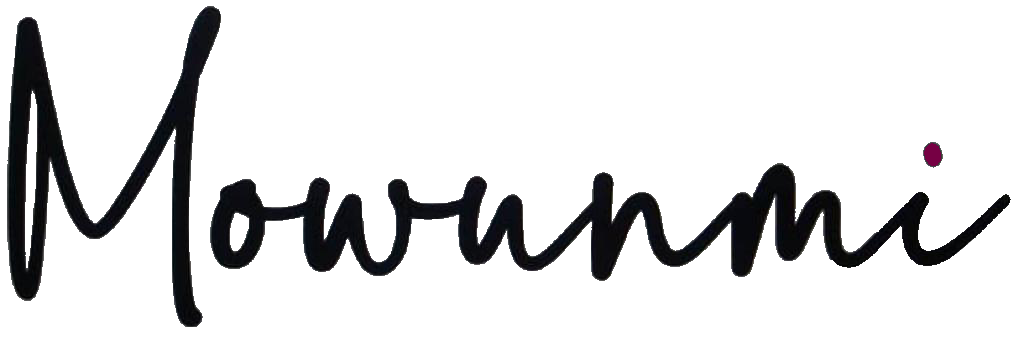Picture this: you are at work and you’ve been asked to onboard a new hire or recent joiner to a specific workflow or business process. You have your desk full with your own tasks and have limited time to work on this. But this business process is critical and has to be done right the first time, or irrecoverable errors will ensue (or you’ll have to rework the whole process with the limited time you’ve got left). What do you do?
You use the 5T Task Design Framework.
5T Task Design Framework adopts a component view to task definition, recognizing that the success or failure of each work task is driven by timeliness, adherence to the right standards, adoption of the best practices, utilization of the right systems and collaboration with the right personnel. To adequately define a work task, there must be a definition of the:
- Tools to Use
- Teams to Work With
- Templates to Comply With
- Techniques to Master
- Timelines to Adhere to
Let’s explain each component in detail:
Task to be Done: This is the starting point. Keep the Task definition crisp and one sentence long. You can use the smart goals technique or a simpler version: construct the task sentence to follow either of these simple patterns depending on the level of precision required for the task:
[VERB] + [NOUN] e.g. “Respond to emails”
OR
[ADVERB] + [VERB] + [NOUN] + [ADJECTIVE OF SPECIFICITY] = “Promptly respond to emails from customers”
OR
[ADVERB] + [VERB] + [NOUN] + [ADJECTIVE OF MEASURE] = “Promptly respond to emails within 30 mins”
OR
[ADVERB] + [VERB] + [NOUN] + [ADJECTIVE OF MEASURE AND SPECIFICITY] = “Promptly respond to emails from customers within 30 mins”
Tools to use: This comprises of hardware (laptops or other devices, machine equipment) or software (desktop, web or mobile applications) required to execute the work. Also access rights at the appropriate access levels that will be needed should also be considered and defined.
Teams to work with: These range from team members to co-create the work product together, or those to consult on the process, or even those that simply need to be kept informed. Teams could include both internal members – colleagues – and external parties (like suppliers, contractors, customers and so on).
Templates to comply to: The most effective business processes are standardized to minimize inconsistency in task outcomes. This standardization can take the form of a simple document template or a work checklist, or branding standards. Nonetheless there is usually some guideline spelled out to drive conformance to a desired output, and this should be included in a Task Definition.
Techniques to master: This can range from best practice considerations when executing the work to specialized skills whose mastery positively correlates with improved task output. In the principle of continuous improvement, this should be included when defining a work task.
Timelines to adhere to: This is the opportunity to set expectations on when the completed task output is to be delivered. Timelines can be defined by periodicity e.g. weekly, daily, quarterly, or they can spell out the process timeline e.g. 5 hours from task start to task end, etc.
Depending on the nature of the Task, a 6th T can be considered – Trigger to execute the task. For tasks that are ad-hoc and not typical to the regular workflow, the Trigger event that necessitates the execution of the task can be spelt out. Examples of Tasks in this category are a security breach incidence, an exceptional customer request that can’t be fulfilled with the regular work resources, or a publicity episode involving the company’s brand.
All put together, the 5T Task Design Framework can come alive as a business template that looks like this:

Would you like to see an example of the 5T Task Design template in practice? Drop a comment below.




No Comment! Be the first one.